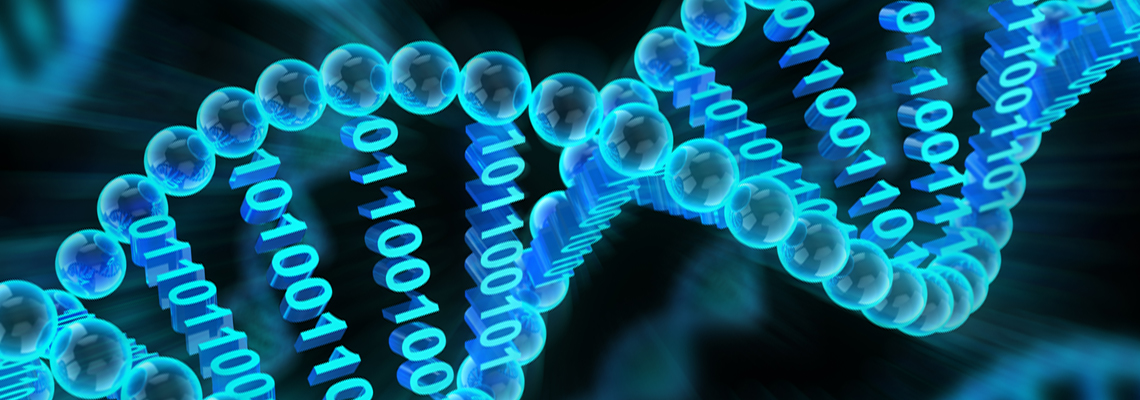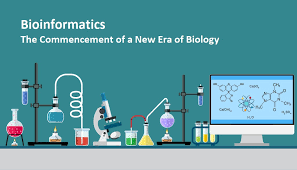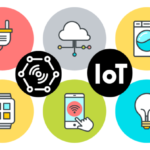Bioinformatics can be defined as “the application of computational tools to organize, analyze, understand, visualize and store information associated with biological macromolecules”.
Bioinformatics, as a new emerging discipline, combines mathematics, information science, and biology and helps answer biological questions. The word ‘bioinformatics’ was first used in 1968 and its definition was first given in 1978.
For example, it is used to identify correlations between gene sequences and diseases, to predict protein structures from amino acid sequences, to aid in the design of novel drugs, and to tailor treatments to individual patients based on their DNA sequences (pharmacogenomics).

The main components of bioinformatics are:
1) the development of software tools and algorithms.
2) the analysis and interpretation of biological data by using a variety of software tools and particular algorithms.
The data of bioinformatics
The classic data of bioinformatics include DNA sequences of genes or full genomes; amino acid sequences of proteins; and three-dimensional structures of proteins, nucleic acids and protein–nucleic acid complexes. For example, data may fluctuate depending on cell type, timing of data collection (during the cell cycle, or diurnal, seasonal, or annual variations), developmental stage, and various external conditions.
Storage and retrieval of data
In bioinformatics, data banks are used to store and organize data. Many of these entities collect DNA and RNA sequences from scientific papers and genome projects.In bioinformatics, data banks are used to store and organize data. Many of these entities collect DNA and RNA sequences from scientific papers and genome projects. Many databases are in the hands of international consortia.
Goals of bioinformatics
- To manage data in such a way that it allows easy access to the existing information and to submit new entries as they are produced;
- To develop technological tools that help analyze biological data;
- To use these tools to analyze the data and interpret the results from;
Databases
Databases are essential for bioinformatics research and applications. Many databases exist, covering various information types: for example, DNA and protein sequences, molecular structures, phenotypes and biodiversity. Databases may contain empirical data (obtained directly from experiments), predicted data (obtained from analysis), or, most commonly, both. They may be specific to a particular organism, pathway or molecule of interest.
- Used in biological sequence analysis
- Used in structure analysis
- Used in finding Protein Families
- Used in Network Analysis: Metabolic Pathway Databases
- Used in design of synthetic genetic circuits
CONCLUSION
Bioinformatics employs a wide range of computational techniques including sequence and structural alignment, database design and data mining, macromolecular geometry, phylogenetic tree construction, prediction of protein structure and function, gene finding, and expression data clustering.











